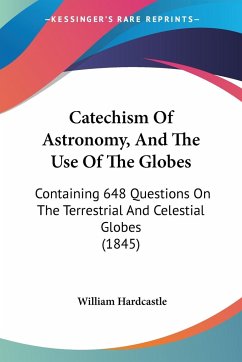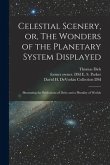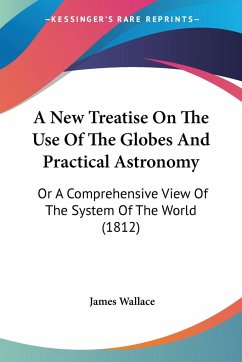How to navigate using 18th-century instruments. George Adams was the mathematical instrument maker to the King of England and the optician to the Prince of Wales. Utilizing simple scientific truths, Adams describes how to find the longitude and latitude of any location, how to ascertain the sunï¿1/2s declination, how to construct a sundial, how to determine the coordinates of a comet, how to plan for winter or summer solstices, and much more.
Bitte wählen Sie Ihr Anliegen aus.
Rechnungen
Retourenschein anfordern
Bestellstatus
Storno

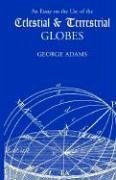
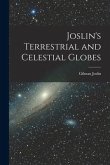
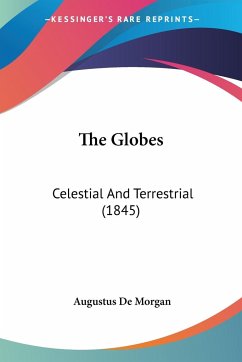
![A Treatise Describing and Explaining the Construction and Use of New Celestial and Terrestial Globes; Designed to Illustrate ... the Phoenomena [sic] A Treatise Describing and Explaining the Construction and Use of New Celestial and Terrestial Globes; Designed to Illustrate ... the Phoenomena [sic]](https://bilder.buecher.de/produkte/66/66129/66129035m.jpg)
![An Introduction to Modern Geography [microform]: With an Appendix, Containing an Outline of Astronomy and the Use of the Globes / by James Thomson An Introduction to Modern Geography [microform]: With an Appendix, Containing an Outline of Astronomy and the Use of the Globes / by James Thomson](https://bilder.buecher.de/produkte/66/66184/66184346m.jpg)
